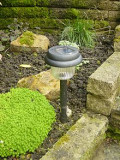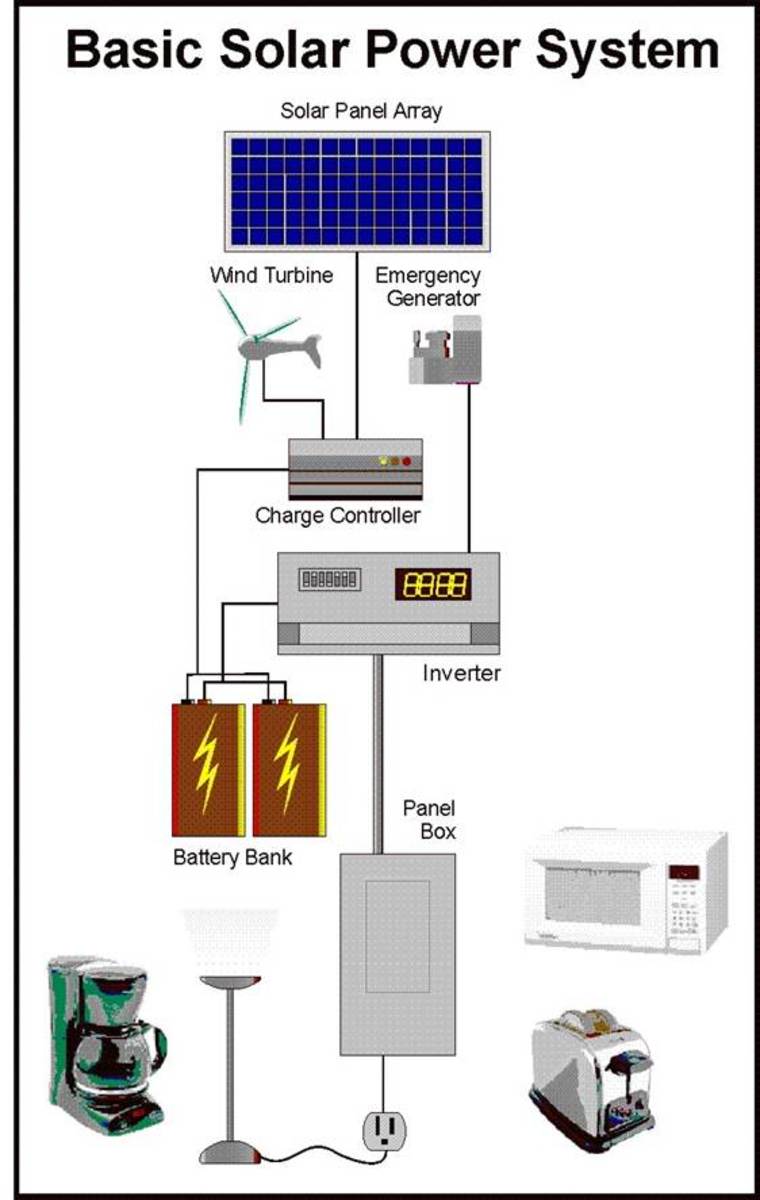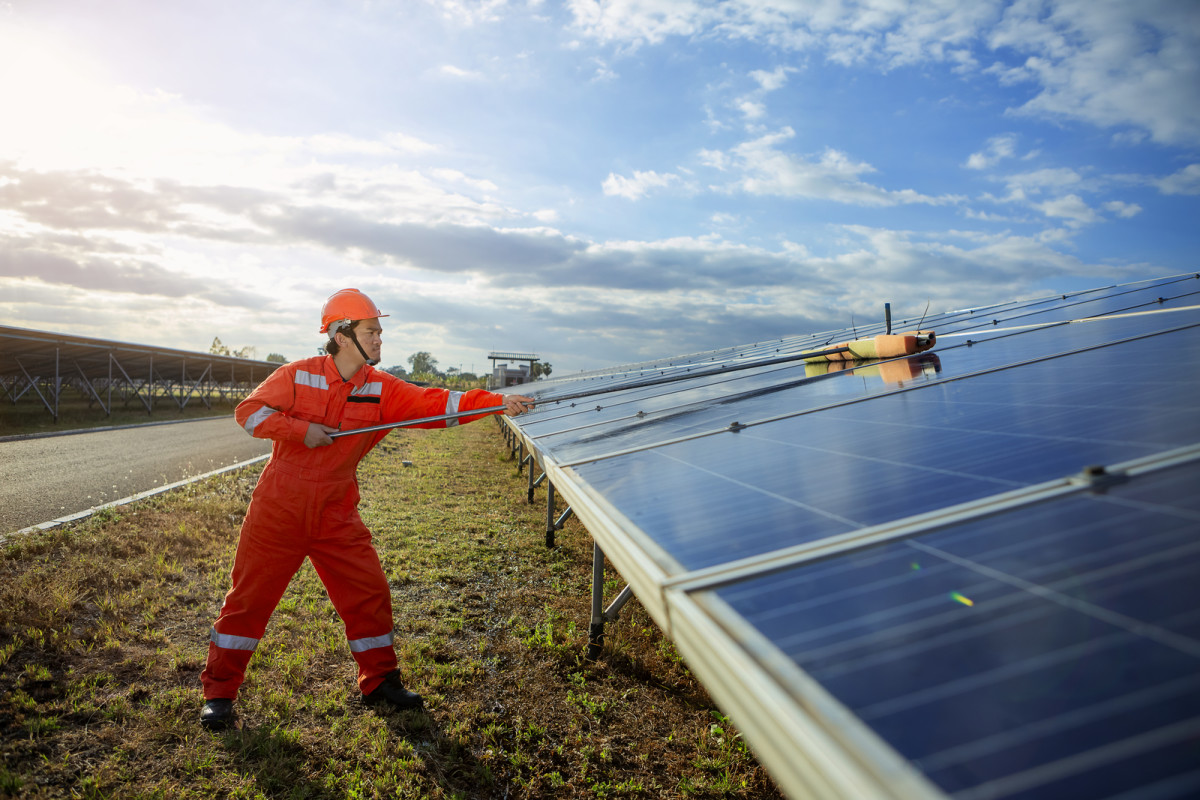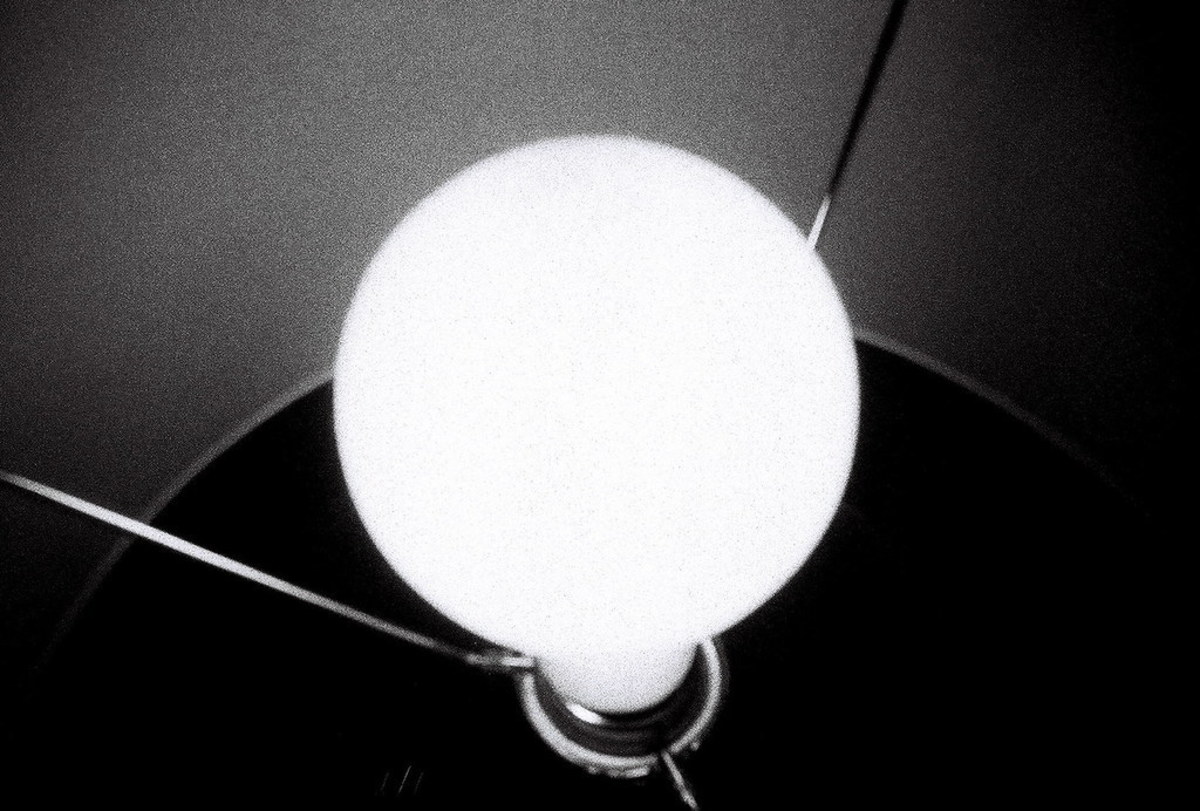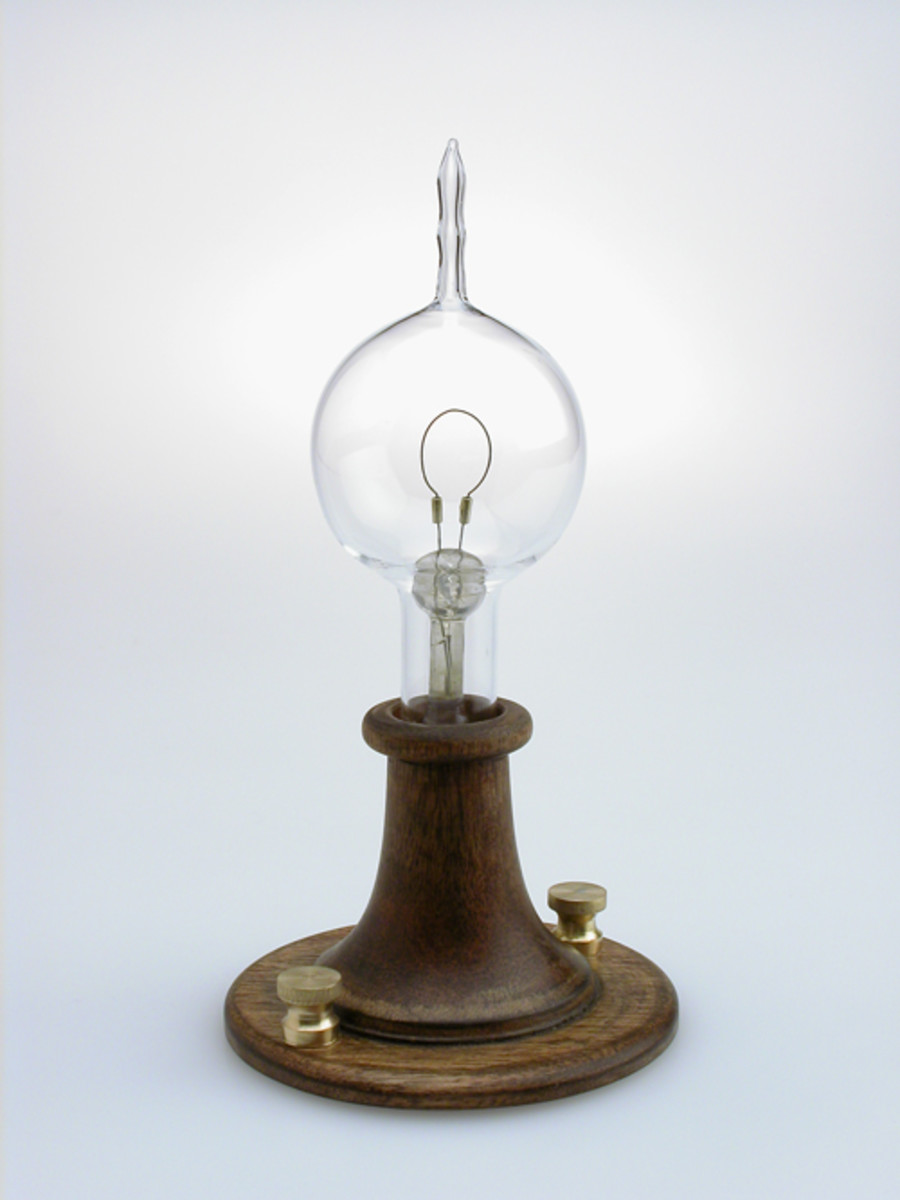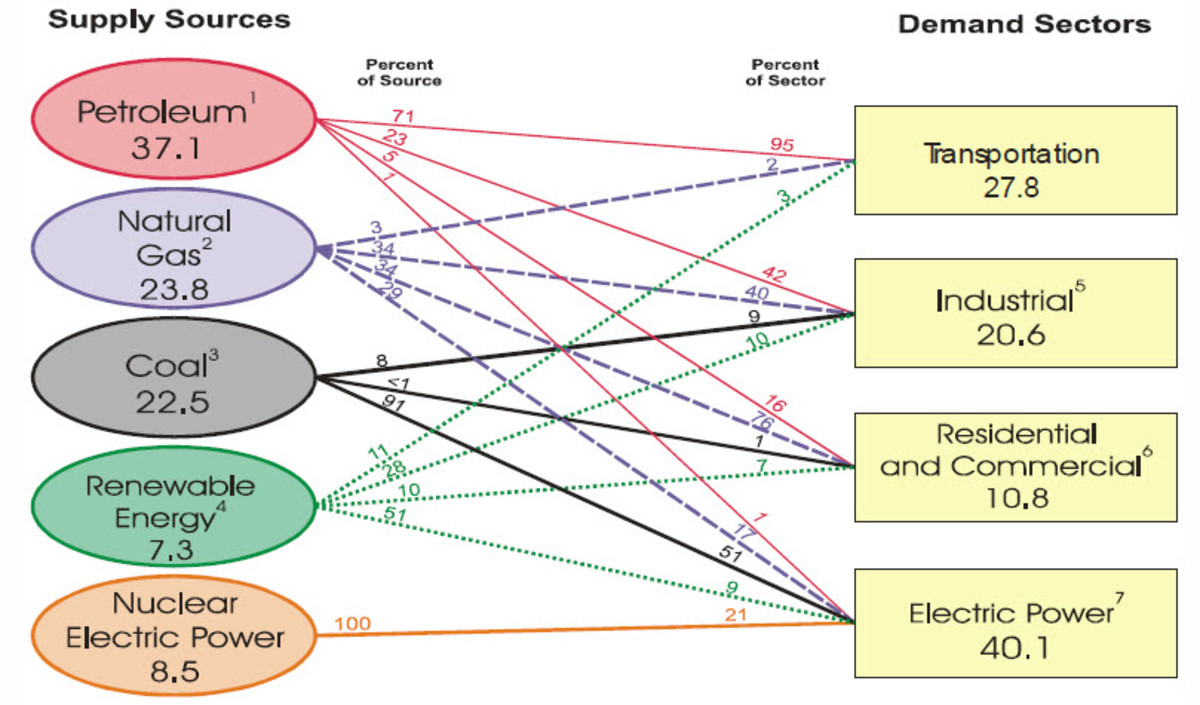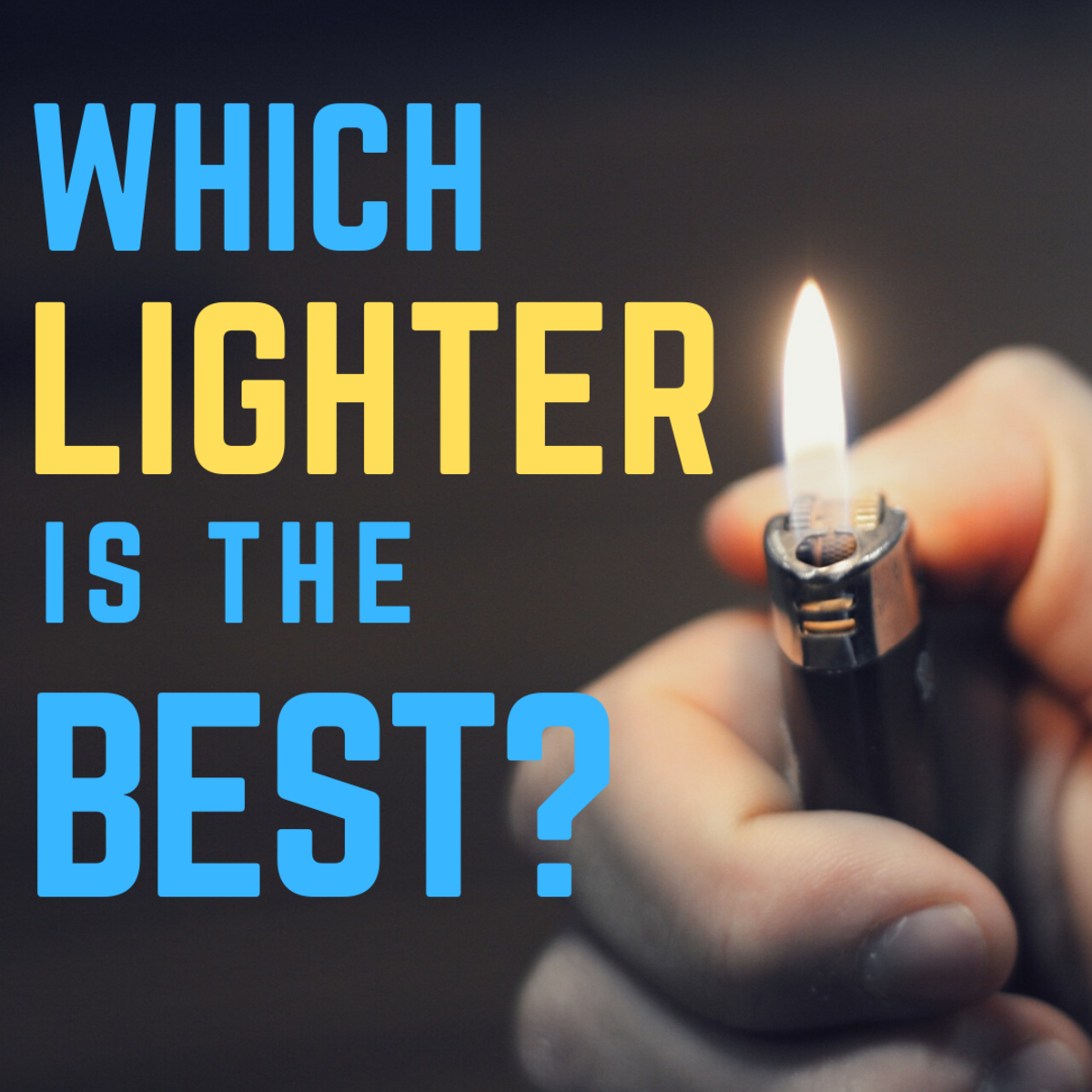Residential energy: A comprehensive guide to solar-powered lights and lighting at home
Introduction
It might seem rather odd, using solar power to run lights. After all, if the sun's bright enough to power a light, it would seem unlikely that you'd need the additional light source. And if it's dark enough to need a light, where's the solar energy coming from?
This article looks at how solar powered lights work, what they do, and the different options available and how to choose what’s most suitable for you.
Solar lights are essentially like mini satellites. Satellites generate and store energy when they are facing the sun, and use it when they are in darkness. That’s exactly how solar lights work.
Solar powered lights are most often used in the garden, as they can absorb light during the day and release it at night.
Most solar powered lights designed for gardens, ponds, driveways and car parks are self contained units; each individual light has its own solar cells and panels and charging system in order that it can work independently.
It is also possible to have a number of lights strung together by wires connected to one solar energy collection point and series of solar panels, but this does negate some of the advantages of having solar powered lights outside.
The
outdoor lights used in this way tend not to be as bright as, say,
electrically powered floodlights, but for the purposes for which
they’re generally designed mean they don’t need to be.
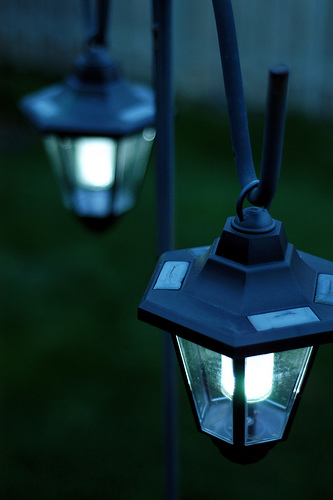
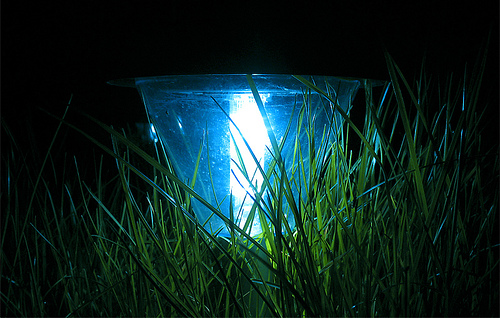
The advantages of solar lighting
There are significant advantages to installing solar powered lights outside your home or business.
Generally speaking, as they are self contained units, there is no wiring.
There is certainly no need to try to run mains electricity outside from the house or business in order to power lights, and no need to worry about extensive insulation to protect electric wires from the weather.
Because of this wireless-ness, they are particularly suitable for use in or near water features.
Another advantage to there being little in the way of wiring means that they’re much easier to install than standard floodlights or outdoor lights, and cheaper.
And of course, lower electricity bills, and the environmental benefits of not using carbon-powered electricity to light up the outside.
Solar powered Christmas lights, are for example, a great use of solar technology. They come in all different types with a number of lights, style, colour and so forth.
They cost a bit more than those that need to be wired in, but are free to run and therefore cheaper in the long run as well as more environmentally friendly.

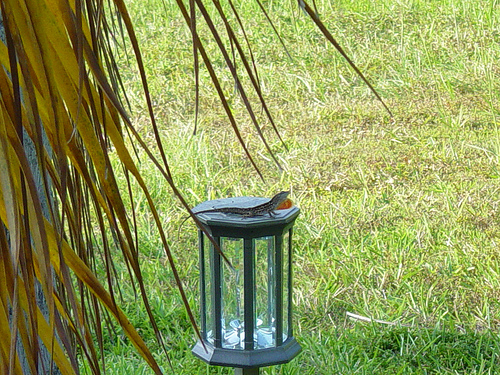
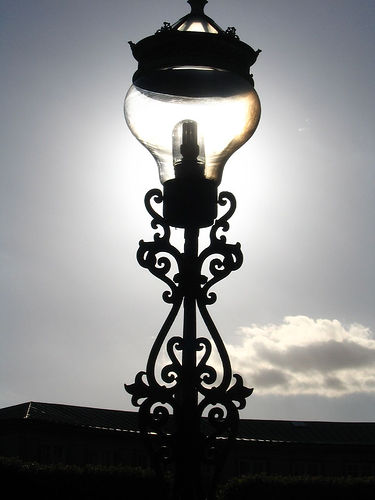
Where best to use solar lights
Solar powered lights are particularly useful in gardens, to light up trees, paths, water features, or particular features of the garden, or patios and terraces.
They are also useful installed on a footpath or driveway, or just outside a house so that it’s not dark when a person is coming home and trying to get in.
This has security benefits as well as making it easier to see where you’re going.
As well as the more standard year round type of lights, its also possible to buy solar powered Christmas lights for outdoor trees, and, “novelty” features such as solar powered globes floating in ponds, lit up solar energy gnomes, and small lights to illuminate keyholes or house signs and numbers.
There are different types and features in relation to solar lights, for example, lights which are on constantly when its dark, or those which are motion sensitive.
How solar-powered lights work
A normal solar light consists of a case and the decorative part of the light together with any stands or attachments.
It has a solar cell, or series of cells wired together as a solar panel, and a rechargeable battery.
It has an electronic board to control the device, a light bulb, and a photoresistor which can tell whether it’s light or dark.
The cases are of course the most variable part. Like normal mains-powered lights, the cases come in small and large, are made of different materials, with stands or screws to attach them to trees or similar.
An average solar-powered light for the garden or driveway contains between 4 and 8 solar cells wired in series so that they work together. This solar panel is then connected to a rechargeable battery via a diode. This prevents the battery’s current from going back to the solar cell at night, and wasting it.
During the day, when sunlight is falling onto the solar panel, the solar cells absorb the energy and charge the battery. The light is not on at this time, at it isn’t needed, which means that all the solar energy absorbed goes to charging the battery and not powering the light.
The photoresistor is light sensitive, and detects whether or not it is light outside. When the photoresistor detects little or no solar energy reaching it, it activates the light and turns it on.
Most solar lights also have an override, so that you can turn them off on very dark days in order to allow the battery to recharge fully, or stop it coming on during the day if its very dark.

Choosing solar lights - bulb type
Generally speaking solar lights use one of two types of bulb.
Older systems and some of the cheaper ones available today use standard incandescent bulbs. They work with lead acid batteries. These are less efficient, as the bulbs burn out much more quickly and need changing, and are less efficient at translating stored solar energy into light at nighttime.
The lead acid batteries are also less efficient at charging, and take fewer charges before they are exhausted.
Newer, and slightly more expensive, solar lights use a Light Emitting Diode bulb and nickel cadmium or nickel metal hydride batteries.
LEDs produce brighter light, more efficiently, and also last a lot longer than incandescent bulbs.
The nickel cadmium batteries are more efficient at converting solar energy and holding a charge, and can be recharged many more times than a lead acid battery.
LEDs are an extremely energy efficient form of light bulb. LED bulbs reduce energy consumption by between 80 and 90% compared with traditional incandescent bulbs.
They last for approximately 100,000 hours (an average, of course, but the average is an awful lot better than traditional bulbs).
LEDs are also made using less in the way of nasty pollutants. Fluorescents, for example, also last a very long time but they’re more difficult to dispose of. They contain mercury which can be extremely poisonous and needs to be disposed of properly.
I’d suggest it’s not really worth buying solar lights with incandescent bulbs or lead acid batteries; they are less environmentally friendly and far less efficient.
Choosing solar lights - lights on when dark, or motion-activated
Most solar powered lights sold come with the photoresistor panel which means that they are on once dusk falls.
These are useful if you want permanent lighting on your terrace or patio or to light up garden features or a driveway.
It is also possible to get solar lights with motion sensors. These are useful as security lights, if you don’t want light shining in when you’re trying to sleep, or to conserve the battery if you’re not getting much direct sunlight during the day.
In addition, some units have both. They have a dimmer, permanently-on photoresistor activated light, with a brighter light switching on as the result of a motion sensor.
Choosing solar lights - integrated solar panel or separate?
Some solar-powered lights have an integrated solar panel, that is, the solar panel is on top of the light itself. This is more common, but means that when you install the light you need to make sure that it will be in direct sunshine.
If you want to attach solar-powered lights in places shaded by trees or sheds, or to the house in order to light a terrace or patio, you can buy solar-powered lights where the panel is connected with a wire which means that you don’t have to install the solar powered light in direct sunshine.
When choosing solar lights to buy, it’s important to think about where you might want to install them.
If you’re going to put them on say a driveway or near a pond, then it’s likely you would want an integrated unit.
Integrated units only work where the unit is in direct sunshine, so if you want to light up trees, or your driveway or the garden is shaded, you might want to look at having the solar panel detached from the main light unit.
Until you know where you want to install it, it’s going to be difficult to know which type of light to go for.
Decorative solar lights for the garden
Choosing solar lights - wood, plastic, or metal cases?
Once the technical details are sorted out, all you need to decide is what you want your lights to look like. Not surprisingly, as with any lights, there is a vast choice of casings and decorative designs.
Many are plastic, which does seem to me rather to defeat the point of trying to install environmentally-friendly lighting. Plastic is, of course, largely made from oil, a fossil fuel.
Nevertheless, if price is a consideration, the plastic solar lights do tend to be cheaper and appeal on that basis.
It’s also possible to get solar lights with metal cases, and there are innovative designs made of wood, and even shells.
This is really a décor and taste question rather than a technical one.
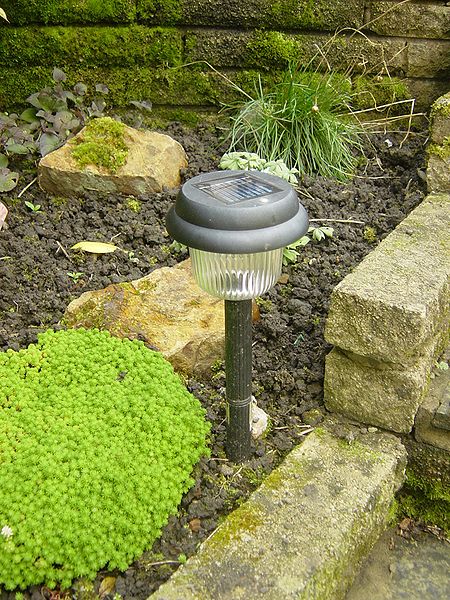
Installing solar powered lights
Installing solar lights tends to be pretty easy.
You don’t need to worry about electricity installing or an electrician, which makes it much cheaper and easier to install solar lights than traditional outdoor lights which need to be connected to mains electricity and proper insulated.
Most of them are an entirely self-contained and sealed unit, and therefore all you need to do is open the box, assemble any bits of the case that need assembling, and nail it to the tree, attach it to the roof or drive it into the ground as appropriate.
If you choose lights with a separate solar panel, you will need to mount and install that separately.
Either way, unless you are extraordinarily inept, you won’t need to pay someone to install it for you.
Maintaining solar powered lights and extending their life spans
Maintaining solar lights is pretty easy. As they’re self contained units, they need very little fiddling with.
If you live in a place far north or south of the Equator with very short daylight hours in the winter, you might want to turn the photoresistor off for a few days in the winter to allow the battery to recharge fully. This will extend the life of the battery.
Apart from that, all you need to do is clean the solar panel with a duster occasionally to keep off any dirt or dust that prevent the solar panel from working at maximum efficiency.
Other than that, you can just leave it alone and enjoy the green light.



